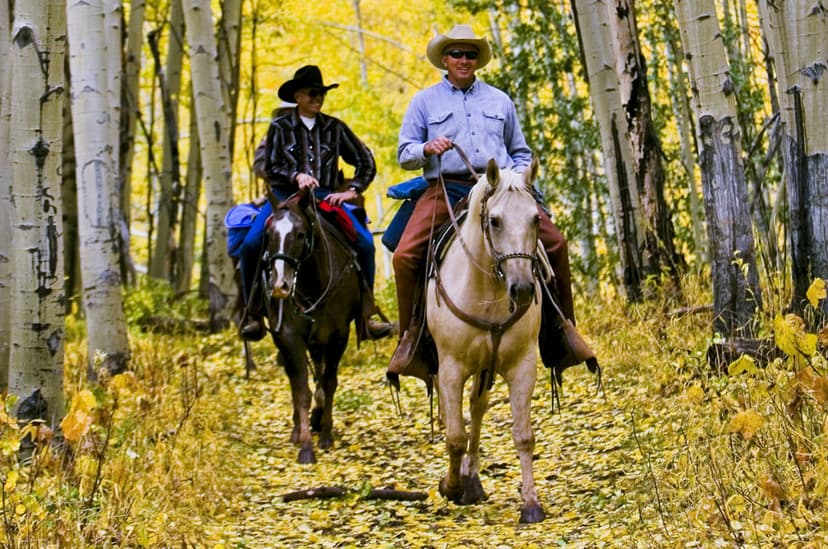Day 1
Start near Lamar at the Great Plains Reservoirs, a collection of seven glassy lakes perfect for boating, fishing and waterskiing. Nature enthusiasts should bring binoculars — the reservoirs and surrounding prairie provide fantastic bird watching and have hosted almost every species ever documented in Colorado. On any given day, you can spot tern, piping plover, lesser sandhill cranes and maybe even a bald or golden eagle.
Keep an eye out for fluttery wings — Lamar is the state’s only Monarch City USA, a community that plants the milkweed and nectar plans that attract and keep monarch butterflies healthy.
Grab dinner in Lamar before exploring the town’s historic district. Check out the Madonna of the Trail Monument, an homage to the courageous pioneer women of the frontier days. If the timing’s right, catch a movie at the The LaMar, a chrome-and-mirror art deco wonder built in the 1940s.
Day 2
Head west on the Santa Fe Trail scenic and historic byway to Las Animas, where you’ll find the historic Boggsville Settlement. Built in the 1860s after the decline of the buffalo trade, Boggsville was one of the first areas in Colorado to begin livestock trading and included as many as 20 structures, including Kit Carson’s last home.
Today, two of those structures have been restored and are open to the public. Continue on the trail to Bent’s Old Fort National Historic Site, a recreated buffalo-trading post. For years, it was the only permanent settlement on the trail between Missouri and the Mexican settlements. Tip: Check the fort's official website for when it's open while you're planning; its hours can change during different seasons.
From Bent’s Fort, detour south to the Picketwire Canyonlands along the Purgatoire River in the Comanche National Grassland, where you can spend hours exploring ancient American Indian rock art, early Spanish settlements and the largest dinosaur-track site in North America. Hiking, biking and horseback riding are permitted, and you can also arrange for a guided auto tour. Other interesting stops in the grassland include Vogel, Picture and Carrizo canyons. All three canyons feature ancient rock art preserved on sandstone walls, and Vogel Canyon in particular is a favorite spot for picnickers.
Later, continue to La Junta. Visit the Koshare Museum, home to a world-class collection of Western and Native American art and artifacts amassed by a local group of Boy Scouts interested in Native American heritage since the 1930s. Another local museum, the Otero Museum, is dedicated to documenting the day-to-day life of early La Junta. The museum’s historic building collection includes a turn-of-the-century grocery and a primitive log schoolhouse. And the Picketwire Players have kept folks entertained with revivals and other productions for more than 50 years.
For even more history, take a ranger tour of the Sand Creek Massacre National Historic Site northeast of La Junta where, in 1864, 675 cavalrymen changed the course of history.
Get Sidetracked
Head northeast to the pastoral, tree-lined town of Rocky Ford, where cantaloupes and watermelons are famously delicious. During your travels, keep an eye out for farm stands and markets, typically July to October. Arkansas Valley farmers grow corn, watermelons, cantaloupes and much more, making the area famous for its fresh vegetables and melons.
Want More?
Explore the Canyons & Plains region
Find more ways to dive into Colorado history






